Robert Adam: The architect who brought Rome to Scotland
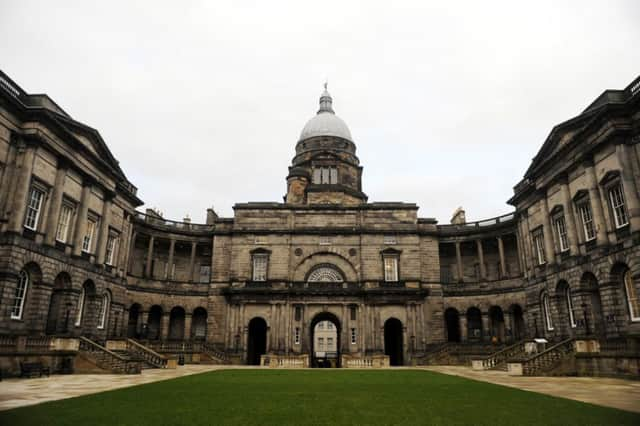

The imposing facade of Old College, majestic setting of General Register House, and the official residence of the First Minister are all the work of Robert Adam.
Born in Kirkcaldy in 1728, Adam had one of the most celebrated architectural careers in modern British history, his work inspiring countless imitators across Europe and North America.
Advertisement
Hide AdAdvertisement
Hide AdHe almost single-handedly ushered in an era of neoclassical refinement at a time when high society was still in thrall to Palladio.
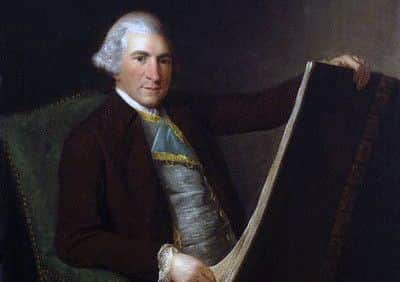

While many of his most famous buildings, such as the Pulteney Bridge in Bath or Kenwood House in London, are south of the border, you’re never far from an Adam masterpiece in Scotland.
Charlotte Square, including Bute House, later to become home to Nicola Sturgeon, was commissioned in 1791 by Edinburgh town council as the impressive culmination of the ambitious New Town project. That only one architect was considered for the job tells you everything about Adam’s stature.
Thirty years before, across the capital in the Old Town, Adam had worked alongside his older brother John to create the Royal Exchange. Set back from the narrow medieval High Street, and surrounded by overcrowded tenements, it caused a stir when completed in 1760. It was never popular with the merchants it was intended to house, and later became home to the city’s council - a role it still fulfils today.
The Trades Hall, often described as one of Glasgow’s hidden gems, was also the work of Adam. It is the oldest building in Scotland’s largest city still used for its original purpose, with the exception of Glasgow Cathedral.
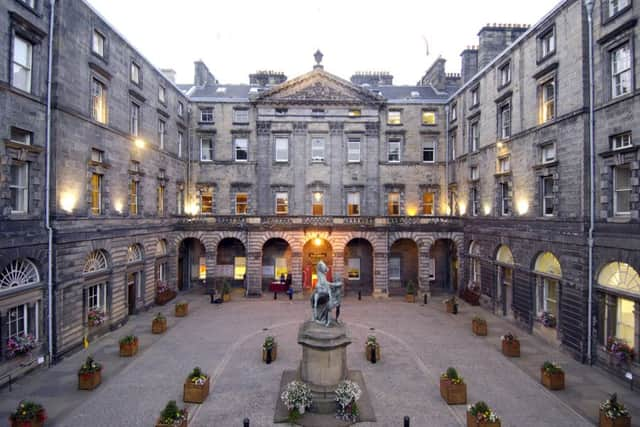

It was no surprise that Adam became an architect - building was his family’s trade.
Robert’s father William was an entrepreneur and well-kent face in Scottish political circles in the early 18th century - architecture was just one of his many business pursuits.
Advertisement
Hide AdAdvertisement
Hide AdAdam snr made country homes his speciality at time when the Scots aristocracy was eager to flaunt its wealth and move away from smaller, semi-fortified tower houses.
The east frontage of Hopetoun House, Floors Castle and Chatelherault hunting lodge are just some of William’s designs that visitors have marvelled at for centuries.
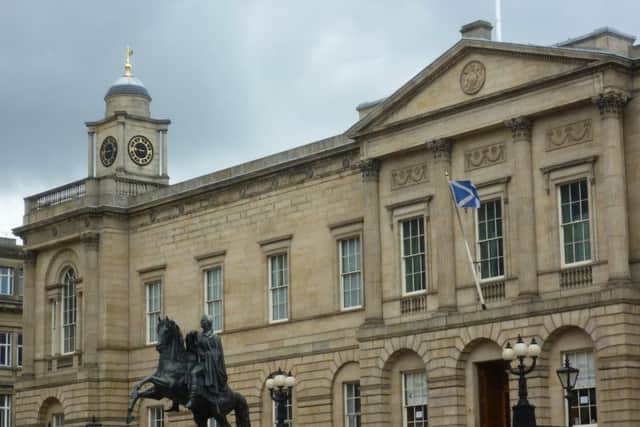

But Robert would prove to be the clan’s star. In 1758 he joined his brothers James and William jnr to start a business in London that offered complete schemes for the furnishing of houses - everything from windows to tea spoons was included, provided you could pay.
Despite the continued popularity of Palladio, Robert was keen to promote his own flexible style. He incorporated elements of classic Roman design alongside Greek and Baroque influences to create what is now known as neoclassical.
His love of all things Roman had grown from an extended stay in the city in the mid-1750s, where he studied classical architecture and perfected his drawing skills.
Although based in London, Adam returned frequently to Scotland where his work was in high demand.
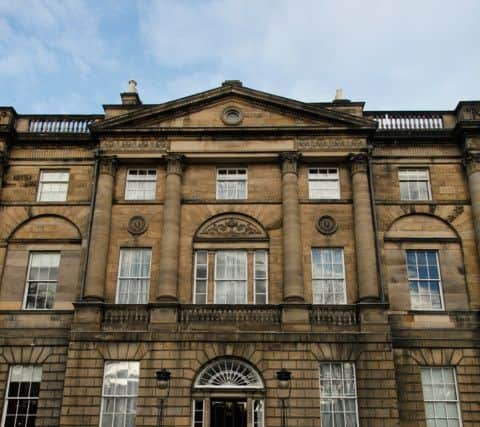

When the Edinburgh authorities received a grant of £12,000 in 1765 - its share of estates seized from Jacobite rebels - it decided to build a ‘proper repository’ for the national archives.
Advertisement
Hide AdAdvertisement
Hide AdWork began to Adam’s designs in 1774 but halted in 1779 when funds ran out. Unsecured, the vast building temporarily became a notorious home for the city’s underworld of thieves and pickpockets.
Construction resumed in 1785 and General Register House was completed to Adam’s modified design in 1788.
It remains one of Edinburgh’s great landmarks, admired by generations walking down North Bridge towards Princes Street.
The greatest architect of his day died in London in 1792 aged 61. Unmarried, Adam left his estate to his sisters.
He was buried in Westminster Abbey and was greatly mourned by his fellow architects.
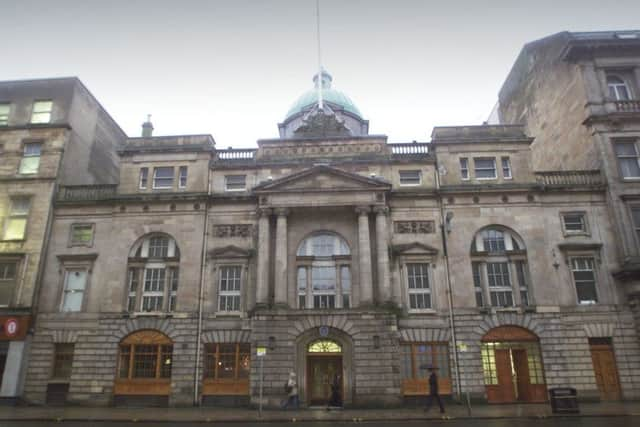

An obituary published shortly after his death noted: “Mr Adam produced a total change in the architecture of this country: and his fertile genius in elegant ornament was not confined to the decoration of buildings, but has been diffused to every branch of manufacture.”